Philodendron squamiferum
Hairy Philodendron, Red Bristle Philodendron
Yet another eye catching Aroid! The Hairy Philodendron Features glossy foliage, with multiple lobes on each leaf, and a distinctive red bristled stem, which gives it its other common name ‘Red Bristle Philodendron’. This unusual and unique philodendron is nonetheless an easy to maintain houseplant.
Philodendron squamiferum is somewhat similar in appearance to its cousins Philodendron bipennifolium and P. pedatum, with a climbing growth habit and lobed leaves. Not often offered for sale, this Philodendron has become a bit of a cult classic and is a must-have for any Aroid aficionado.
Want to be notified when this product is back in stock?
Plant Biography
A relatively rare in the wild and unusual species, the Philodendron squamiferum is native to Northern Brazil and French Guiana. It’s distinctive feature, the reddish stalks covered in small bristles, have made it into a coveted houseplant for all Aroids collectors.
The hairy plant is a hemiepiphyte – starting its lifecycle with roots in the ground and then attaching itself to tree trunks and branches, in order to make its way up towards the canopy to reach for more light.
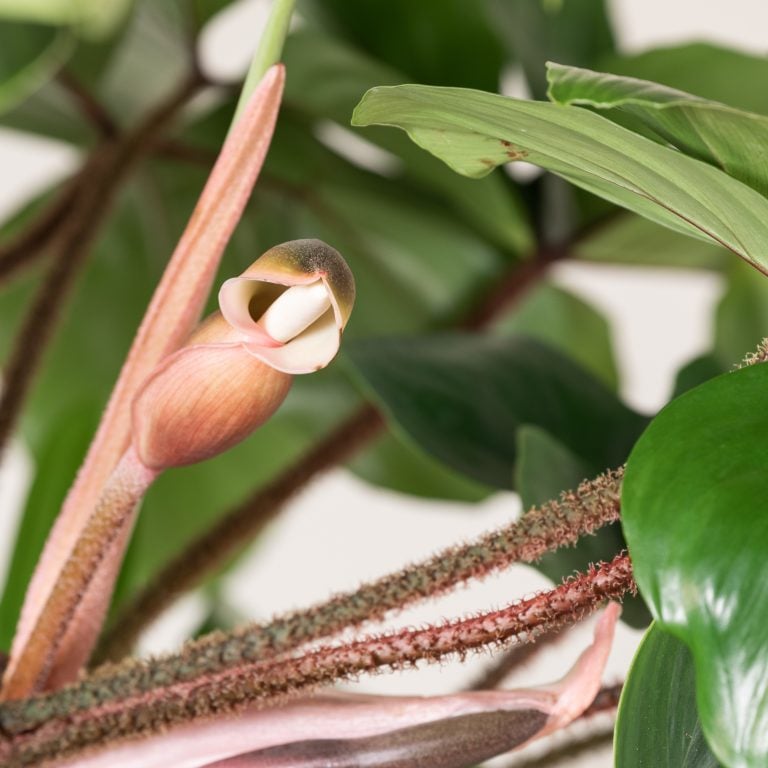
Expert Tip
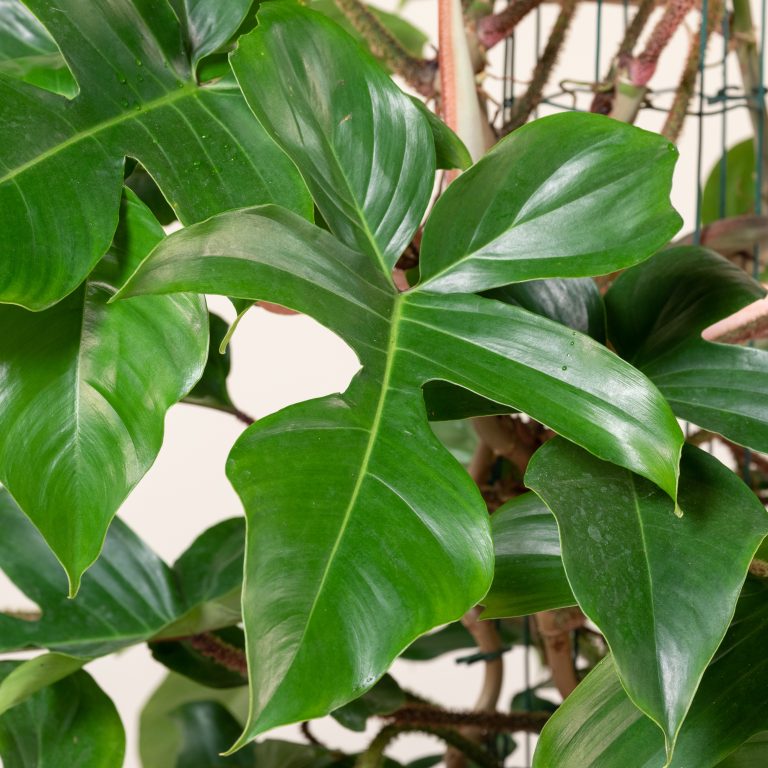
Care & Size Guidance
These tropical plants should be kept in mild to bright indirect sunlight. In the summer, a place with some shade is perfect. However, in the winter, a position with brilliant indirect sunlight is ideal.
When deciding to repot this beauty, make sure to use an indoor potting mix that contains one part perlite to 4 parts indoor compost. This will prevent the soil from compacting and suffocating the roots. The plant prefers a slightly acidic soil. This can be achieved with adding 1 part pine bark chips to the mix, or using a fertiliser designed for ericaceous plants, at the start of the growing season.
Fertilise every other week, during the growing season, with a balanced organic fertiliser and mist every other day to keep the dust from building up on the leaves and provide the much needed moisture in the air around the plant.
P.squamiferum loves water, but is more susceptible to overwatering than other Philodendrons. Keep the soil damp and water as soon as the top inch of soil is dry to the touch. Rotted stalks and drooping foliage is a sign of an overwatered squamiferum.
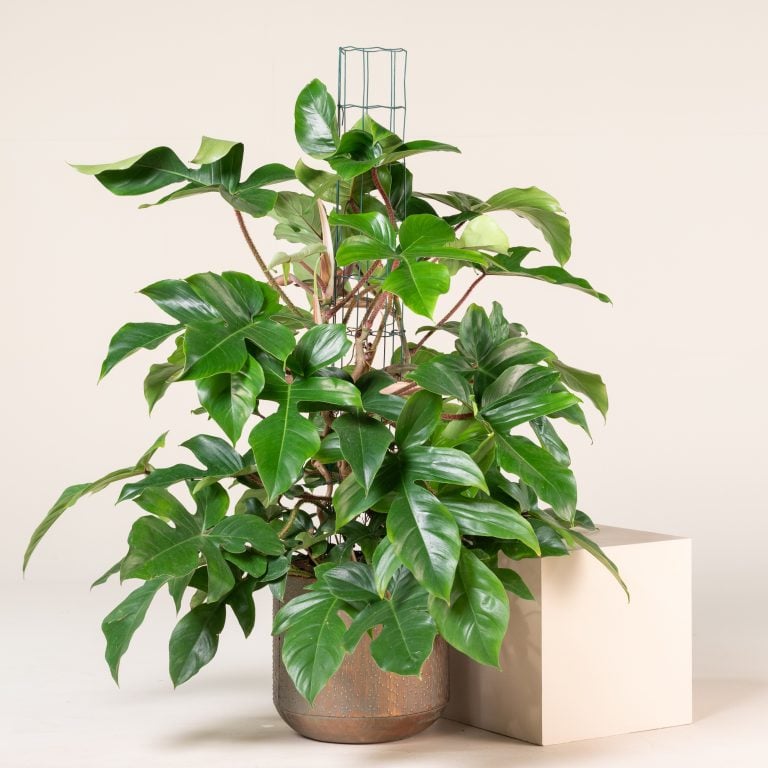
The Only Way Is Up For P. squamiferum
The name Philodendron comes from the Greek ‘philo’ meaning love, and ‘dendron’ meaning tree. Hence, this tree lover is a climber and will require support to allow it to reach its full potential.
What support you give it is up to you and your creativity, but traditionally they are grown up a mesh wire column, bamboo supports or a choir pole (sometimes also called a moss pole), which will provide the support needed for the plant to climb up.
In a bright indirect setting, the plant will grow bushier and stems are shorter, while in a medium light or dark shade it will become leggy and leaves will become more pale green.
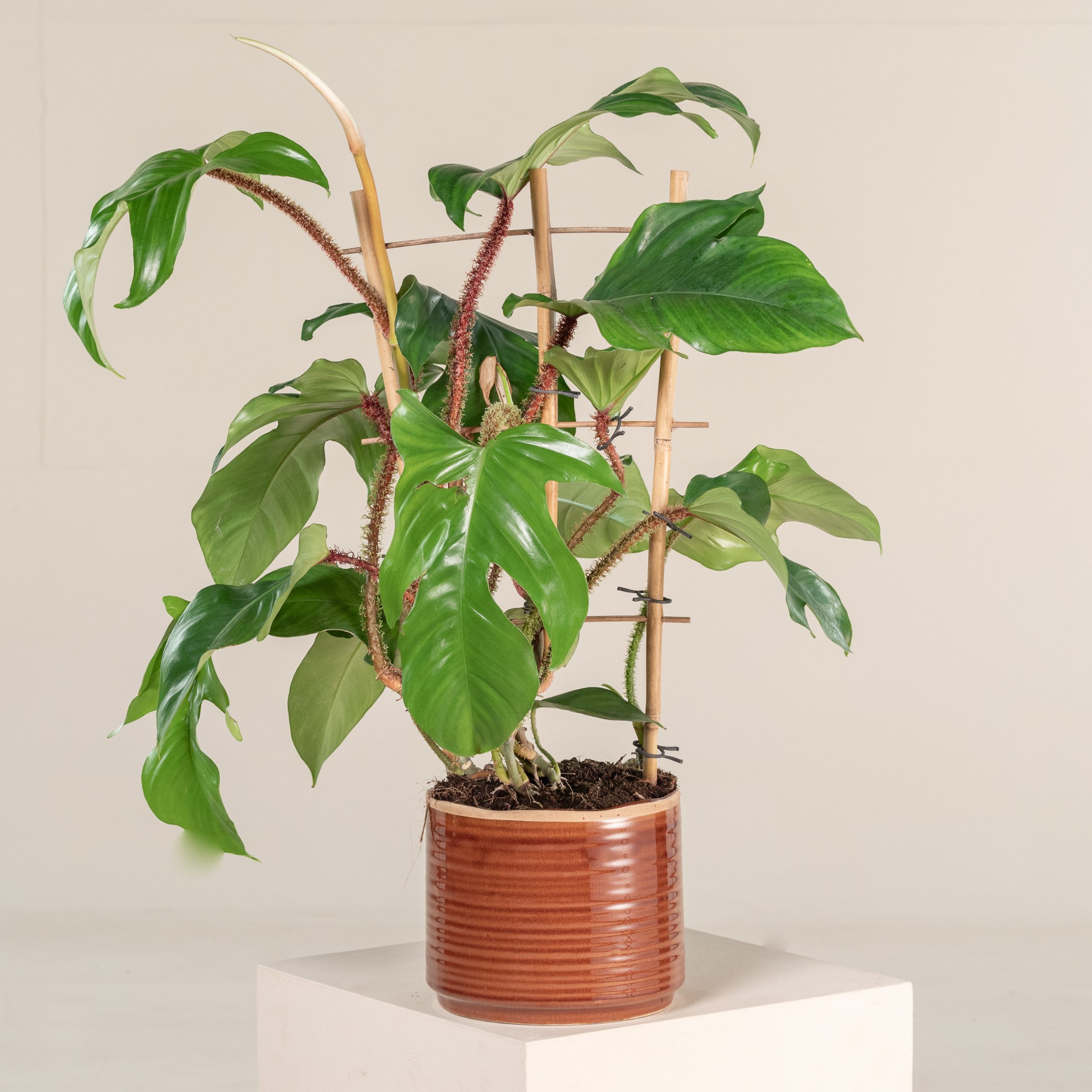
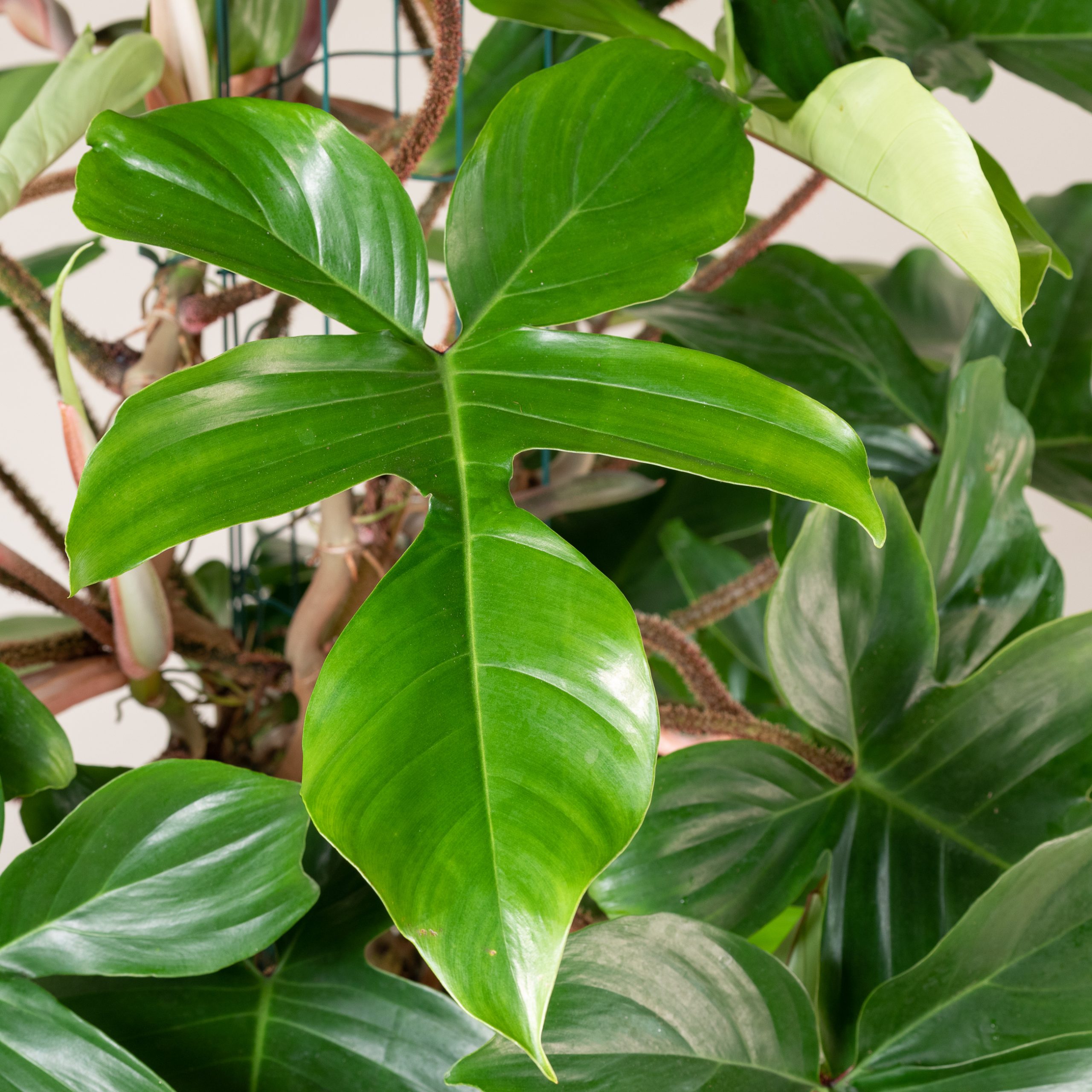
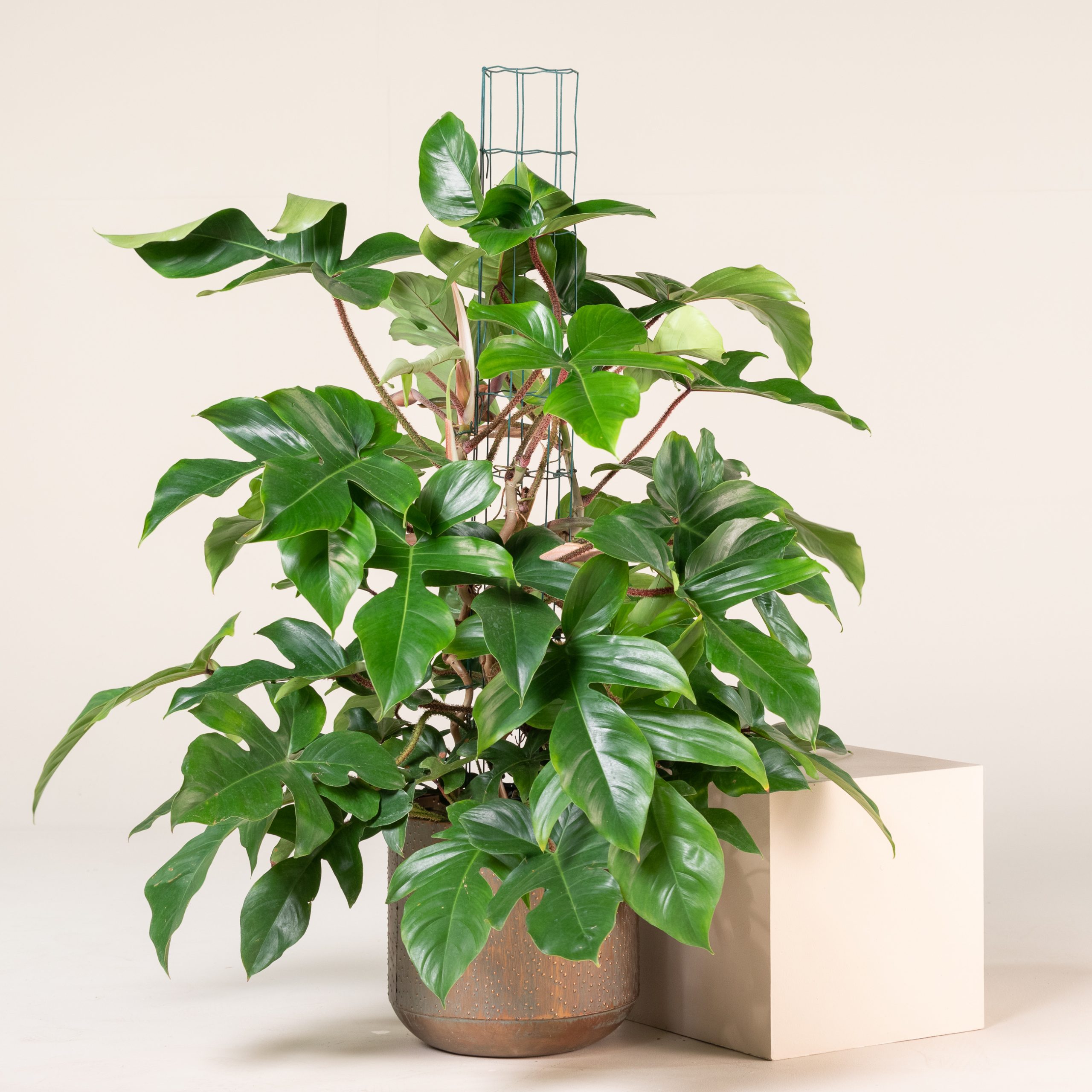
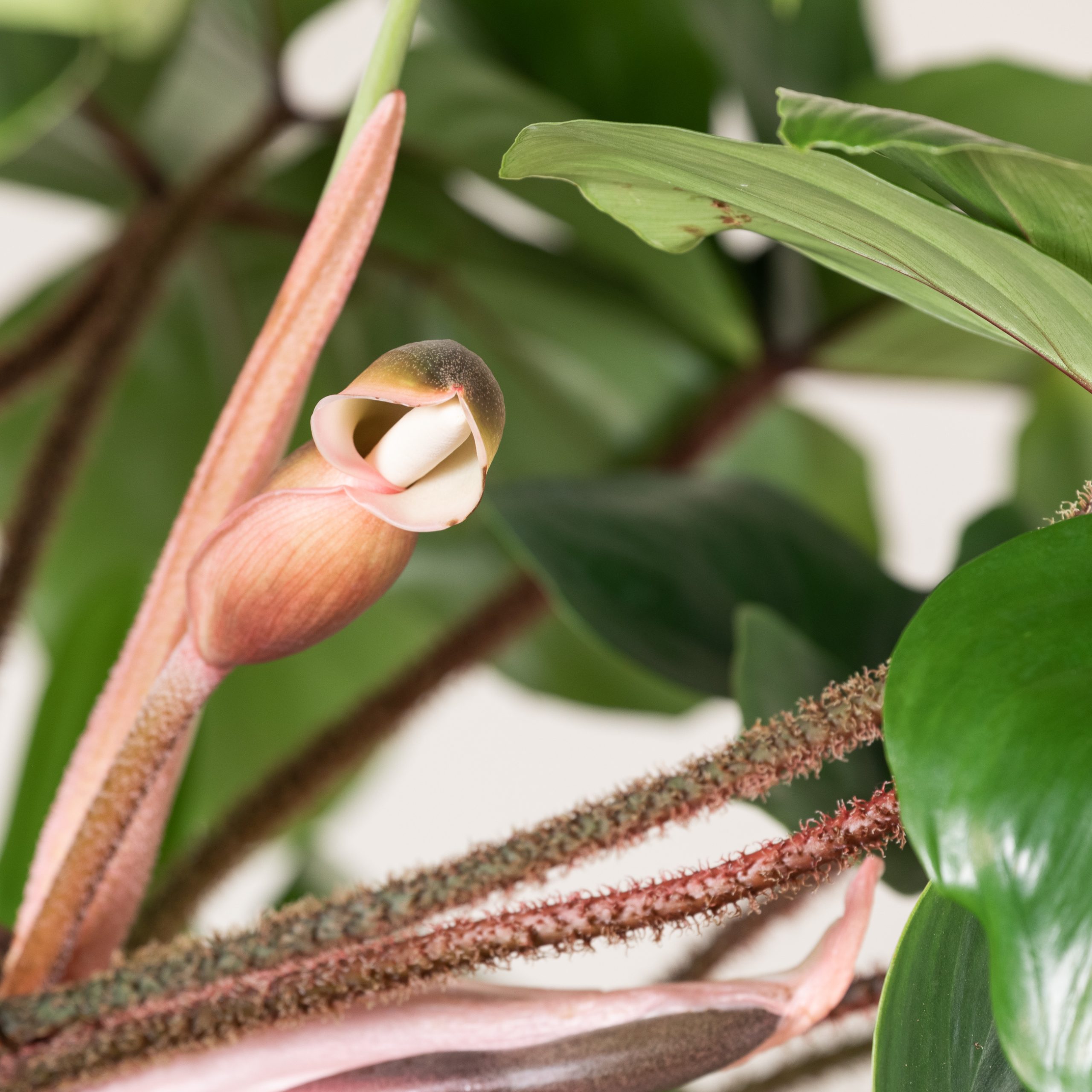
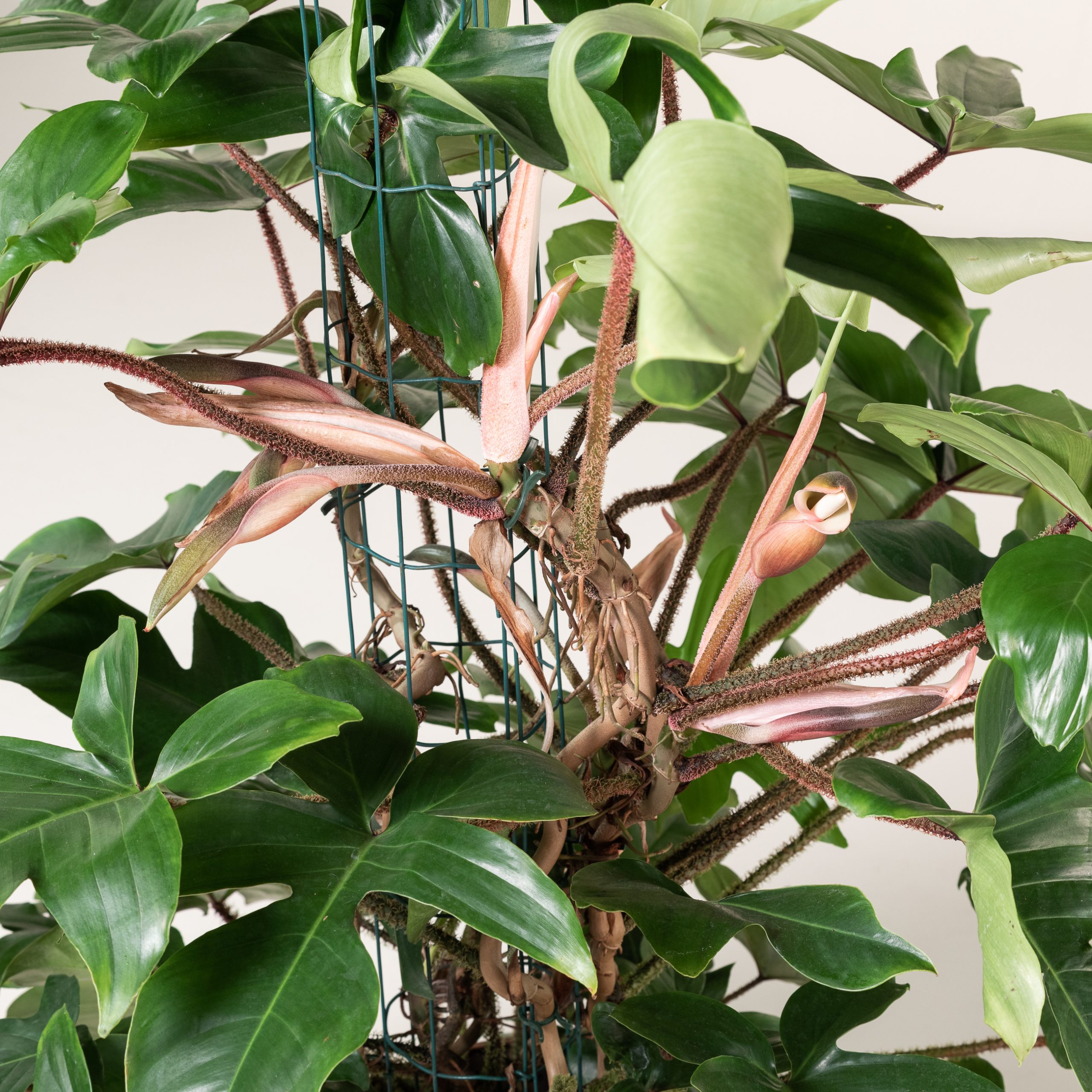
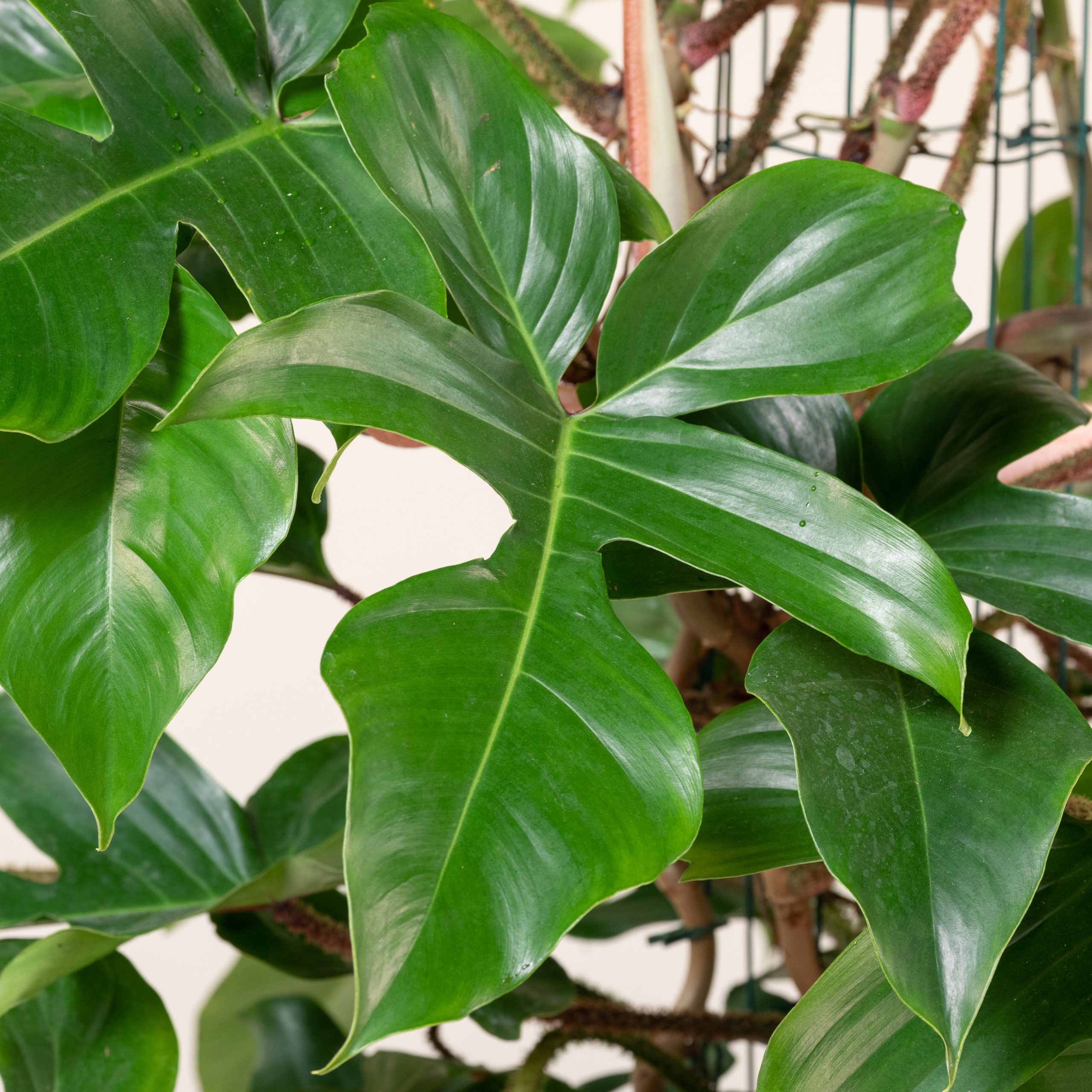
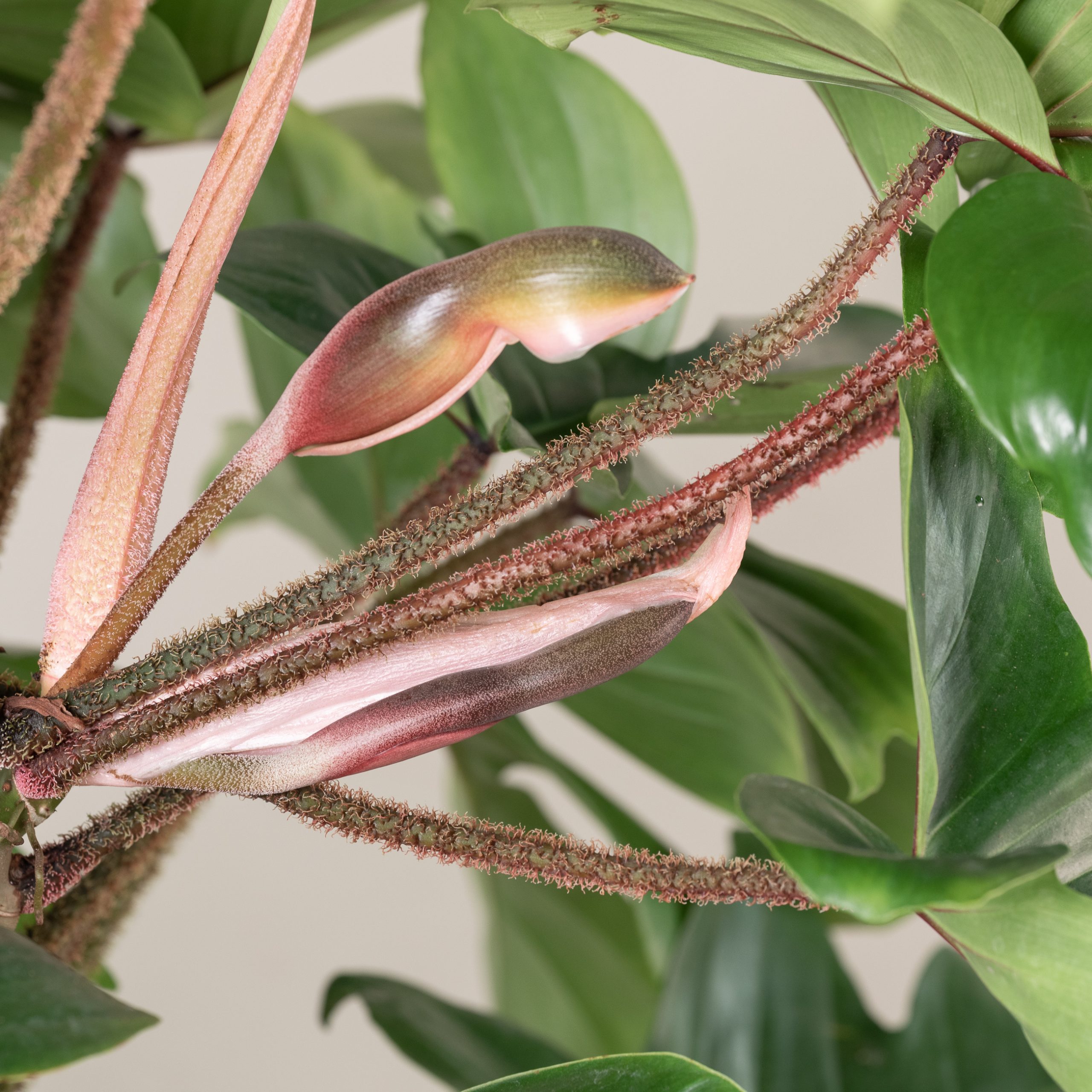
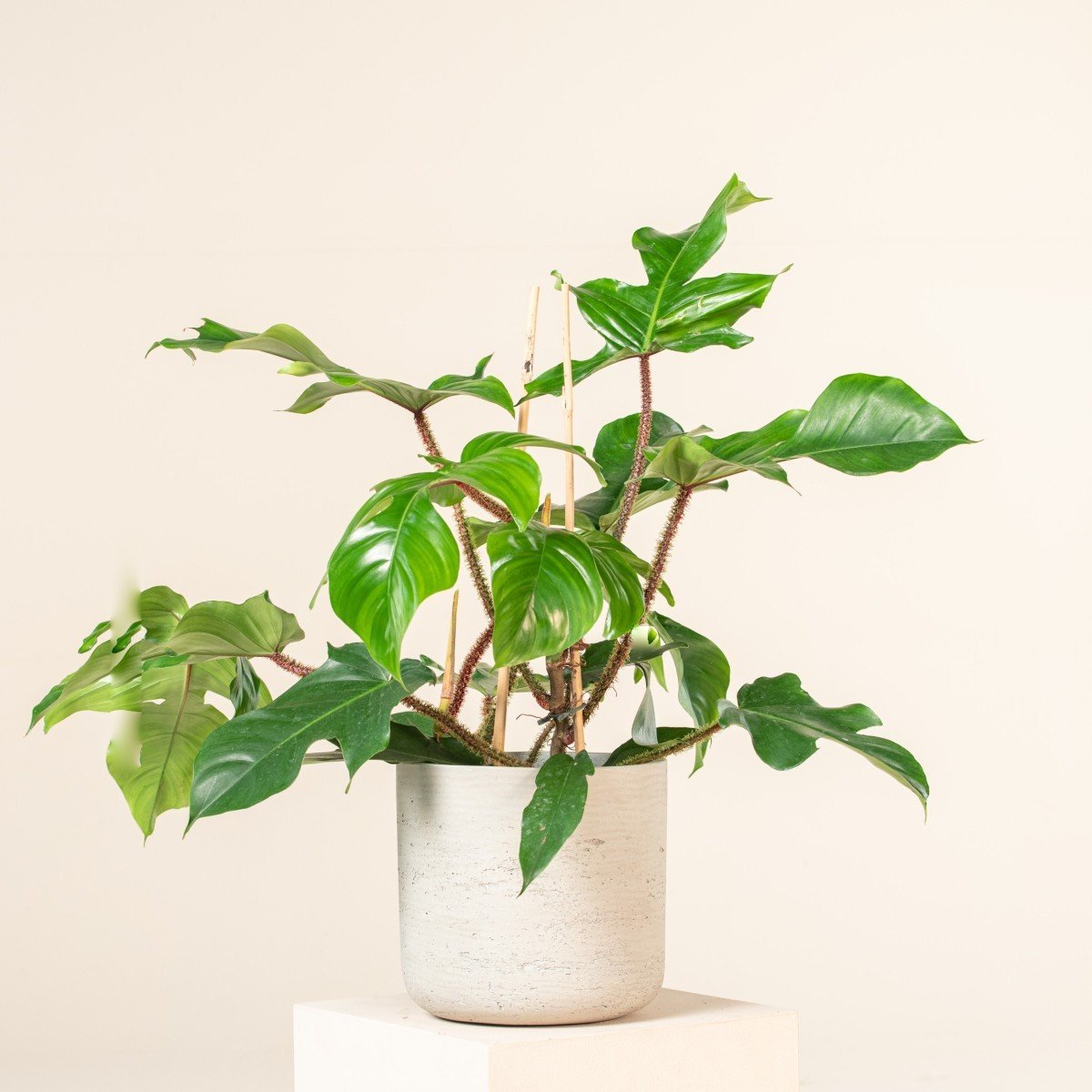
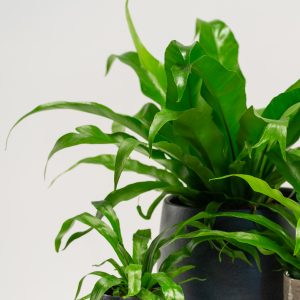
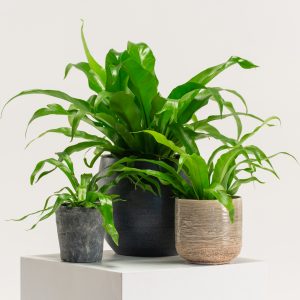
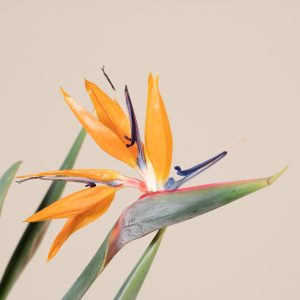
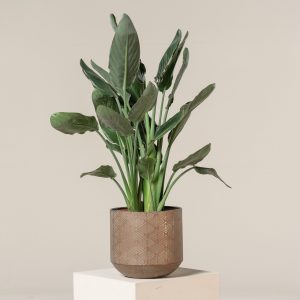
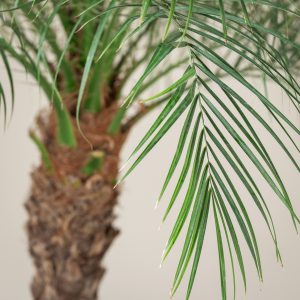
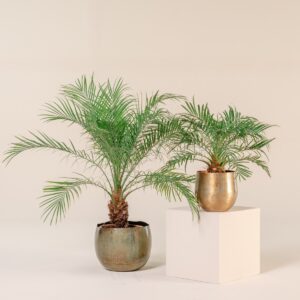
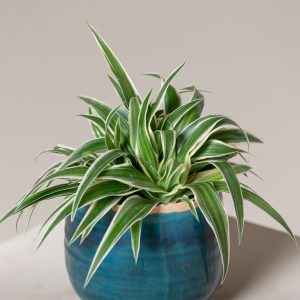
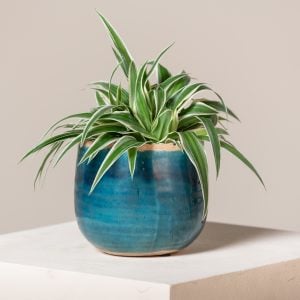
Reviews
There are no reviews yet.